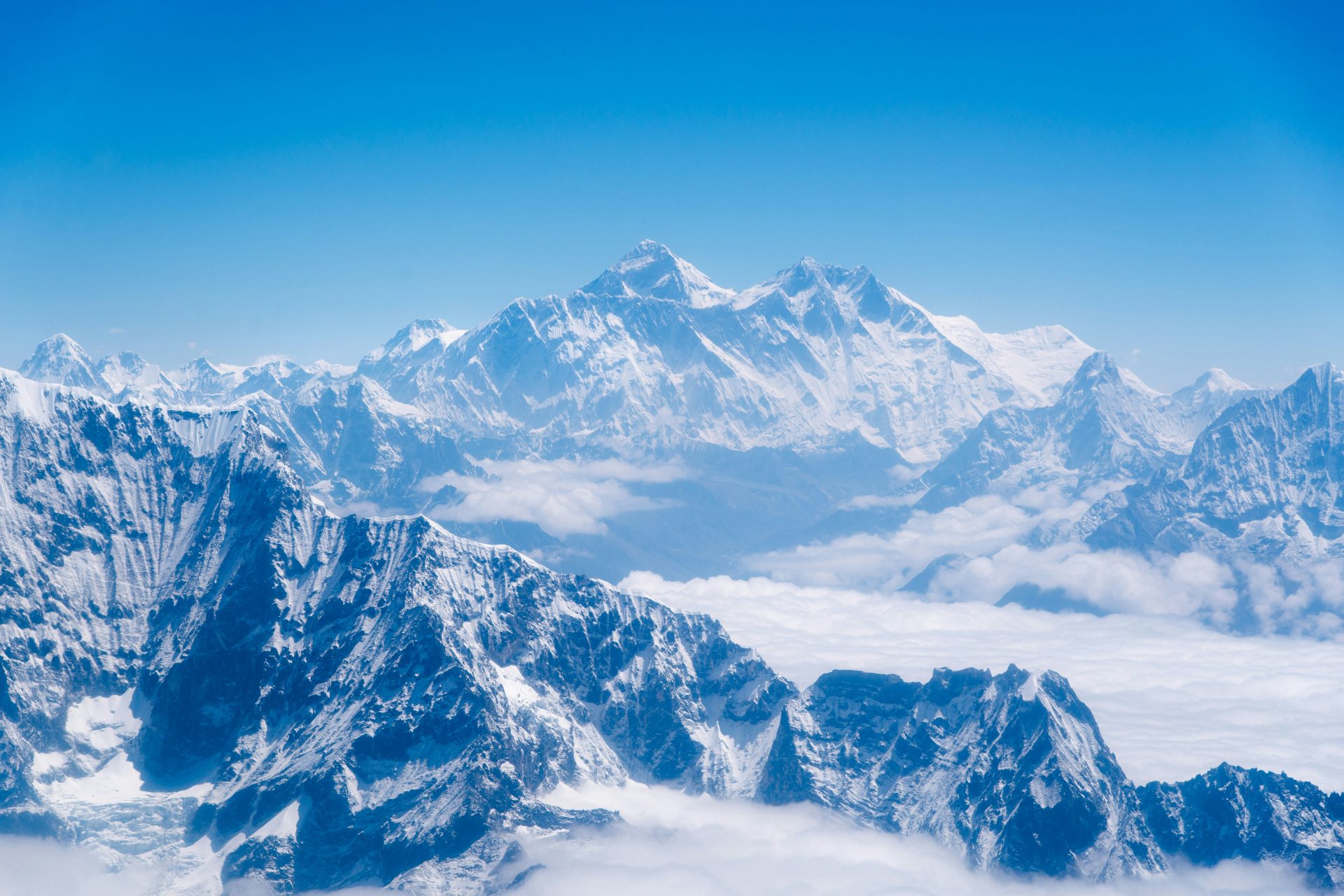Human waste suffocates Mount Everest
Mount Everest receives around 100,000 visitors a year, according to data collected by National Geographic. Arguably one of the world's most renowned mountaineering locations is currently saturated with garbage!
Garbage is periodically collected from the base camp and transported down the mountain, but in recent years the amount of human waste has become a problem.
Want to see more like this? Follow us here for daily sports news, profiles and analysis!
Mingma Sherpa, mayor of Pashang Lamu, told the BBC: "Our mountains are starting to stink." The overwhelming amount of visitors, alongside the 600 who climb to the summit each year, generate a dire situation on the mountain.
Image: Andreas Gläber / Unsplash
The local NGO Sagarmatha Pollution Control Committee (SPCC) estimates that up to three million defecations can accumulate annually on the way to the summit of Everest. At low temperatures, the human waste simply mummifies!
Nepalese authorities now demand climbers bring their waste back down from the mountain in a bag. This is the only way to curve waste excess on the summit.
Image: Pixabay
As you may imagine, going to the bathroom on Mount Everest is no easy task. The cold temperatures, rough environment, and lack of space make defecating harder than usual.
Furthermore, the human waste left behind on the mountain is not only a health hazard for future visitors going up the mountain, but it also jeopardizes the general landscape.
While reaching the summit, climbers can spot all types of waste along the path, even the bodies of those climbers who never reached the top. Some bodies are left behind due to their dangerous location, leaving them to mummify over time, due to the low temperatures.
Want to see more like this? Follow us here for daily sports news, profiles and analysis!
Those destinations that were once labelled as exclusive and only for the expert mountaineer have now opened up to the public, attracting tourists from all over the world.
Nevertheless, there is a common misconception that due to the 'commercialization' of Mount Everest, many tourists diminish its risks. Yet, Mount Everest is considered one of the deadliest places on death, according to Business Insider, the mountain claims six lives a year!
Precisely in that article that we cited from Business Insider (signed by Hilary Brueck, Ashley Collman and Maiya Focht), overcrowding was pointed out as a possible cause of an increase in the number of deaths in recent years.
If there are too many people in a queue to climb to the summit, it is not easy to execute a quick emergency descent when someone is injured or unwell.
Of course, the influx of visitors to Everest is great for business. According to CNN, tourists trying to climb to the summit spend between $35,000 and $150,000 per head.
It's important to find an ideal balance between preserving the Himalayan landscape and providing a positive experience for climbers. It all boils down to a very simple concept, clean up after yourself... And bring a baggie!
Want to see more like this? Follow us here for daily sports news, profiles and analysis!
More for you
Top Stories



























